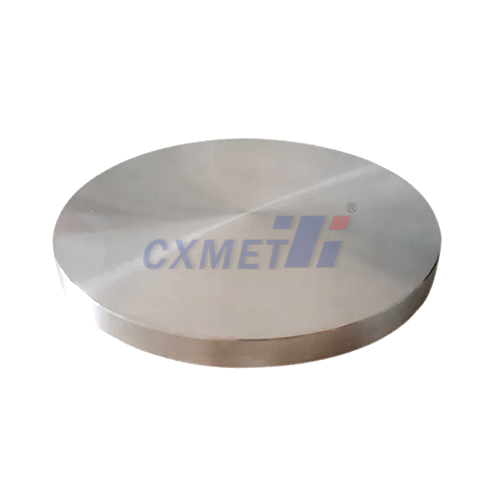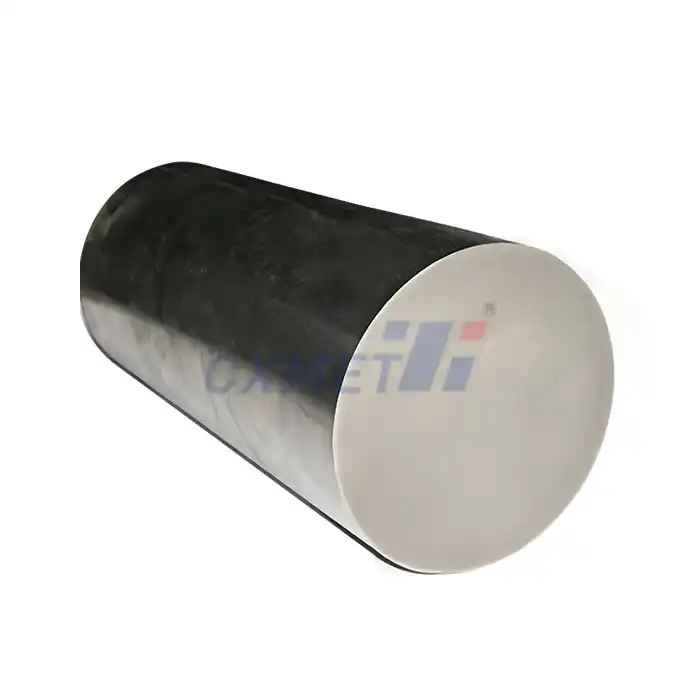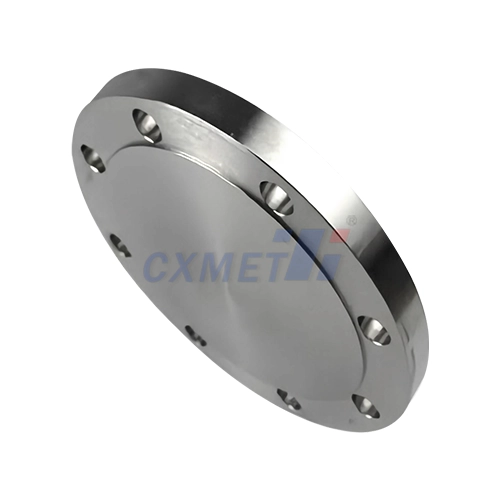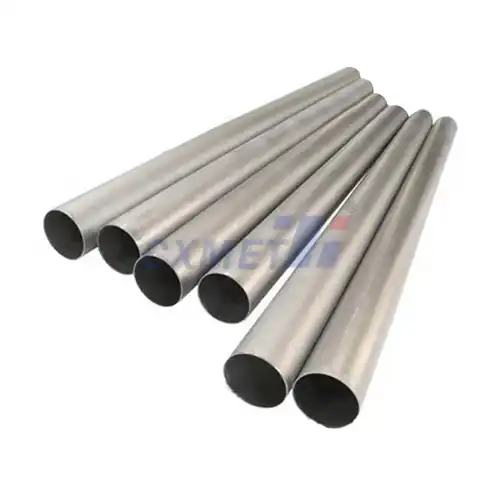- English
- French
- German
- Portuguese
- Spanish
- Russian
- Japanese
- Korean
- Arabic
- Greek
- German
- Turkish
- Italian
- Danish
- Romanian
- Indonesian
- Czech
- Afrikaans
- Swedish
- Polish
- Basque
- Catalan
- Esperanto
- Hindi
- Lao
- Albanian
- Amharic
- Armenian
- Azerbaijani
- Belarusian
- Bengali
- Bosnian
- Bulgarian
- Cebuano
- Chichewa
- Corsican
- Croatian
- Dutch
- Estonian
- Filipino
- Finnish
- Frisian
- Galician
- Georgian
- Gujarati
- Haitian
- Hausa
- Hawaiian
- Hebrew
- Hmong
- Hungarian
- Icelandic
- Igbo
- Javanese
- Kannada
- Kazakh
- Khmer
- Kurdish
- Kyrgyz
- Latin
- Latvian
- Lithuanian
- Luxembou..
- Macedonian
- Malagasy
- Malay
- Malayalam
- Maltese
- Maori
- Marathi
- Mongolian
- Burmese
- Nepali
- Norwegian
- Pashto
- Persian
- Punjabi
- Serbian
- Sesotho
- Sinhala
- Slovak
- Slovenian
- Somali
- Samoan
- Scots Gaelic
- Shona
- Sindhi
- Sundanese
- Swahili
- Tajik
- Tamil
- Telugu
- Thai
- Ukrainian
- Urdu
- Uzbek
- Vietnamese
- Welsh
- Xhosa
- Yiddish
- Yoruba
- Zulu
What are the properties of Tungsten Sheet?
2025-04-17 08:45:48
Tungsten sheet, also known as wolfram sheet, is a remarkable metallic material that stands out for its exceptional properties and diverse applications across various industries. As one of the most refractory metals available, tungsten sheets possess an impressive combination of physical and chemical characteristics that make them indispensable in high-temperature environments and specialized applications.
|
|
|
What Makes Tungsten Sheet Different from Other Metal Sheets?
Unique Physical Properties of Tungsten Sheet
Tungsten sheet distinguishes itself through its exceptional physical attributes. With the highest melting point among all metals at approximately 3,422°C (6,192°F), it maintains structural integrity in extreme thermal conditions where other metals would melt or deform. Its superior density of 19.3 g/cm³ makes it one of the densest metals available for commercial use. It also exhibits exceptional hardness, with values ranging from 250 to 500 on the Vickers hardness scale. The material's low thermal expansion coefficient (4.5 × 10^-6/K) is particularly valuable in applications requiring dimensional stability across varying temperatures. Unlike lighter metal sheets, it provides unparalleled weight-to-strength ratios in high-temperature applications, making it the preferred choice for environments where both mechanical reliability and thermal stability are paramount.
Chemical Resistance Characteristics of Tungsten Sheet
Tungsten sheet exhibits remarkable chemical resistance properties. At room temperature, it demonstrates outstanding resistance to most acids, including hydrochloric, sulfuric, and nitric acids. This exceptional corrosion resistance stems from tungsten's ability to form a protective oxide layer in ambient conditions. However, it can be attacked by alkaline solutions and a mixture of nitric and hydrofluoric acids, especially at elevated temperatures. In oxidizing atmospheres above 500°C, it begins to form volatile oxides, requiring protective coatings or inert atmospheres for high-temperature applications. Despite these limitations, tungsten sheet outperforms most other metal sheets in harsh chemical conditions, particularly in reducing atmospheres and vacuum environments where its chemical stability is unmatched.
Mechanical Strength Properties of Tungsten Sheet
The mechanical strength properties of tungsten sheet are truly exceptional. At room temperature, it exhibits a tensile strength ranging from 500 to 1,500 MPa, depending on its processing history and purity level. This remarkable strength is maintained even at elevated temperatures where most other metals weaken significantly. At 1,000°C, it retains approximately 80% of its room temperature strength. The high modulus of elasticity (approximately 400 GPa) provides exceptional stiffness, roughly twice that of steel. However, it does exhibit limited ductility at room temperature, with elongation typically less than 5%. This brittleness necessitates specialized forming techniques. Despite this limitation, it offers unparalleled mechanical performance in high-stress applications, particularly when exposed to cyclic loading at elevated temperatures.
How is Tungsten Sheet Used in Industrial Applications?
High Temperature Applications of Tungsten Sheet
Tungsten sheet has established itself as an indispensable material in extreme high-temperature industrial applications. In furnace technology, it components are used to construct heating elements, radiation shields, and structural supports capable of withstanding temperatures exceeding 2,000°C without deformation. In the semiconductor manufacturing industry, it is utilized for high-temperature processing equipment, including wafer carriers and heating chambers. The aerospace sector relies on it for rocket nozzle components and heat shields where the material's ability to resist thermal shock and maintain strength at extreme temperatures prevents failures. Unlike traditional high-temperature alloys that might last hours or days in such environments, properly designed it components can function reliably for months or years. The exceptional thermal properties also make it valuable in glass manufacturing equipment, where molten glass processing requires materials that can withstand both high temperatures and the corrosive nature of molten silicates.
Radiation Shielding Applications of Tungsten Sheet
Tungsten sheet serves as a premium material for radiation shielding applications. In medical radiography, tungsten sheet components are used in collimators, beam restrictors, and protective housing for X-ray equipment. The high density of it makes it approximately 60% more effective than lead on a thickness basis for gamma and X-ray shielding. In the nuclear industry, it is employed for radiation shielding in containers for radioactive materials and specialized tools for reactor maintenance. Aerospace applications leverage it shielding to protect sensitive electronics and personnel from cosmic radiation. Unlike conventional shielding materials such as lead, tungsten sheet does not present toxicity concerns. The superior structural properties also enable it to serve dual functions—providing both radiation shielding and structural support in complex assemblies.
Electrical and Electronic Applications of Tungsten Sheet
Tungsten sheet has carved out a specialized niche in electrical and electronic applications. In high-performance electrical contacts, it components offer exceptional resistance to electrical erosion and welding, outperforming copper and silver in high-current switching applications. The material's high melting point and resistance to arc damage make it particularly valuable in circuit breakers and high-voltage switches. In microelectronics, tungsten sheet serves as an ideal material for heat spreaders and thermal management components, where its excellent thermal conductivity combined with a thermal expansion coefficient closely matching that of silicon helps prevent thermal stress failures. Specialized electrodes for electrical discharge machining benefit from tungsten sheet's combination of electrical conductivity and extreme wear resistance. In vacuum tube technology and X-ray tubes, it components serve as anodes, grids, and structural supports, withstanding the combination of high temperature, electron bombardment, and vacuum conditions.
|
|
|
What Factors Affect the Quality of Tungsten Sheet?
Purity Levels and Their Impact on Tungsten Sheet Performance
The purity level of tungsten sheet significantly influences its performance characteristics. Commercial it typically ranges from 99.95% to 99.999% purity, with higher-purity grades commanding premium prices. Oxygen content particularly affects performance, as oxygen embrittles the material by forming interstitial compounds that reduce ductility. High-purity product with oxygen content below 20 ppm demonstrates significantly better formability. Carbon impurities above 30 ppm tend to form carbides that can create microstructural discontinuities. For high-temperature applications above 2,000°C, even trace amounts of volatile impurities can cause unexpected failures. In electrical applications, impurities dramatically affect the resistivity of it, with each 0.01% of typical metallic impurities increasing electrical resistance by approximately 5%.
Manufacturing Processes and Their Effect on Tungsten Sheet Quality
The manufacturing processes employed in producing tungsten sheet profoundly influence its microstructure and properties. Production begins with powder metallurgy techniques, where tungsten powder is compressed and sintered to create a solid but porous billet. The subsequent densification processes develop the characteristic microstructure, with grain size and orientation directly affecting mechanical properties. Sheets produced through traditional rolling methods typically exhibit anisotropic properties. Advanced manufacturing processes can produce it with more isotropic properties and finer grain structure, offering superior bendability. The final annealing treatments influence the recrystallization behavior, with temperature profiles determining grain size, hardness, and ductility. Surface finishing processes affect not only the dimensional tolerance but also surface chemistry, with oxides or contaminants potentially compromising weldability.
Storage and Handling Considerations for Tungsten Sheet
Proper storage and handling of tungsten sheet are critical factors that impact material performance and longevity. Due to tungsten's inherent brittleness at room temperature, it requires specialized handling protocols to prevent edge cracking and surface damage. Unlike more forgiving metals, tungsten sheet should never be subjected to impact, as its high density combined with limited ductility creates high stress concentrations. Environmental exposure presents another concern, as tungsten sheet can develop surface oxidation when stored in humid conditions. Chemical contamination poses particular risks, with fingerprint oils potentially causing carbon diffusion during high-temperature service. Tungsten sheet intended for critical applications should be handled with clean gloves and stored in dry, temperature-stable environments with neutral pH packaging materials. Stacking considerations also affect quality, as the material's high density creates substantial compressive forces in stacked sheets that can cause flatness deviations.
Conclusion
Tungsten sheet stands as an extraordinary material with unmatched properties including the highest melting point among metals, exceptional density, remarkable hardness, and outstanding chemical resistance. These characteristics make it invaluable across high-temperature, radiation shielding, and specialized electrical applications. The quality of tungsten sheet is significantly influenced by purity levels, manufacturing processes, and proper handling protocols. At SHAANXI CXMET TECHNOLOGY CO., LTD, we take pride in our extensive product range, which caters to diverse customer needs. Our company is equipped with outstanding production and processing capabilities, ensuring the high quality and precision of our products. We are committed to innovation and continuously strive to develop new products, keeping us at the forefront of our industry. With leading technological development capabilities, we are able to adapt and evolve in a rapidly changing market. Furthermore, we offer customized solutions to meet the specific requirements of our clients. If you are interested in our products or wish to learn more about the intricate details of our offerings, please do not hesitate to contact us at sales@cxmet.com. Our team is always ready to assist you.
|
|
|
References
1. Lassner, E., & Schubert, W. D. (2012). Tungsten: Properties, Chemistry, Technology of the Element, Alloys, and Chemical Compounds. Springer Science & Business Media.
2. Davis, J. R. (1998). Metals Handbook: Desk Edition (2nd ed.). ASM International.
3. Cardarelli, F. (2018). Materials Handbook: A Concise Desktop Reference (3rd ed.). Springer International Publishing.
4. Shen, Y., & Wu, Q. (2019). Tungsten: Processing, Properties, and Applications. Materials Research Foundations, 62, 1-320.
5. Smid, I., Akiba, M., Vieider, G., & Plöchl, L. (2018). Development of tungsten armor and bonding to copper for plasma-interactive components. Journal of Nuclear Materials, 258, 160-172.
6. Yih, S. W. H., & Wang, C. T. (2019). Tungsten: Sources, Metallurgy, Properties, and Applications. Springer Nature.









